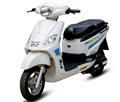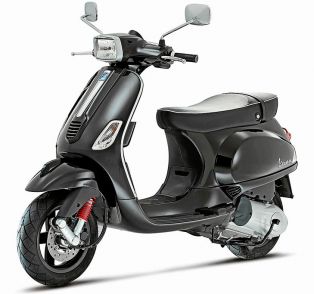Every other motorcycle going past you, or being ridden by you has a set of suspensions. Be it a puny TVS Excel or a humongous Kawasaki Ninja ZX14R. The common thing among all the motorcycles that fall in between is that they come shod of Telescopic suspensions up front (neglect a few rare exceptions, say BMW K1300R), only the degree of precision and the levels of Engineering differ. The whole purpose of this article is to describe the Importance of travel in such Telescopic suspensions. Before that we would like to enlighten you with some basic usage and features of telescopic suspensions, their Road vs Racing use et al.
What are Telescopic suspensions?
The telescopic suspensions can be easily explained as hydraulic shock absorbers with internal coil springs, that neutralises bumbs on the road before the rider feels it. Only the front wheel of the motorcycle reacts, in such a way that the rest of motorcycle remains juggle free. The tubes of the suspension is connected on to the frame (yoke), and the bottom body portion is coupled with the front wheel. This setup is seen on conventional telescopic suspensions.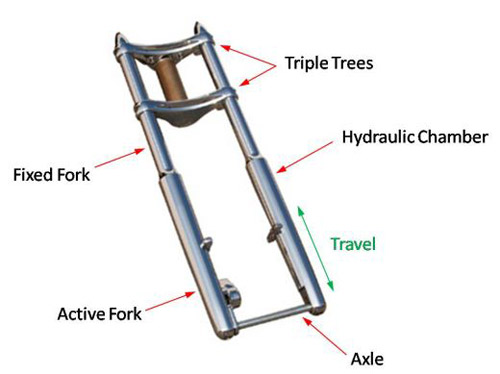 Upside Down (USD) Forks:
Upside Down (USD) Forks:
A slightly revamped type of telescopic suspension is known as Upside down (USD) forks, where the body of the fork and fork tubes are interchanged. Here, the body of the fork is connected with the frame using a triple tree clamp and the tubes are connected below. The USD forks give an upper hand in terms of handling and also decreases the unsprung weight of the motorcycle. High end motorcycles make use of the USD forks as the precision and cost of manufacturing is a bit higher compared to the conventional ones. For instance, you could see these USD forks on the KTM siblings.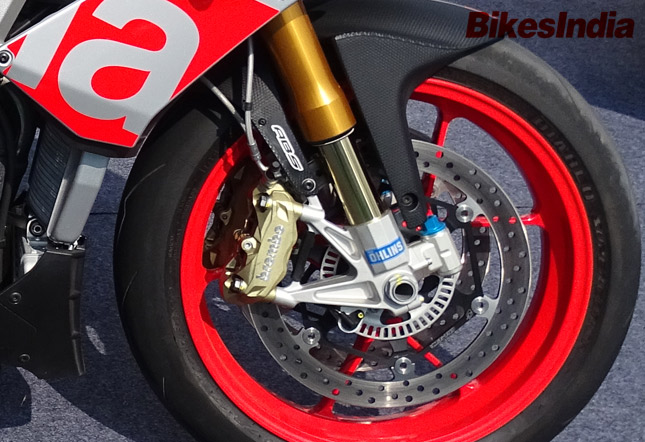 Travel in Telescopic suspensions:
Travel in Telescopic suspensions:
The core components of the suspension must work perfectly in order to get the necessary travel of the suspension. The spring along with the fork oil inside the tubes play a vital role in the travel of suspensions.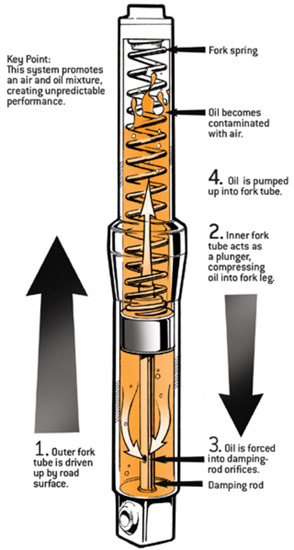 The amount of travel depends on the purpose for which the motorcycle is made. Cruisers and commuters tend to have a long travel suspension for utmost comfort, whereas the sport bikes and racing machines tend to have very short travel for better corner entry feel and high-speed direction changes.
The amount of travel depends on the purpose for which the motorcycle is made. Cruisers and commuters tend to have a long travel suspension for utmost comfort, whereas the sport bikes and racing machines tend to have very short travel for better corner entry feel and high-speed direction changes.
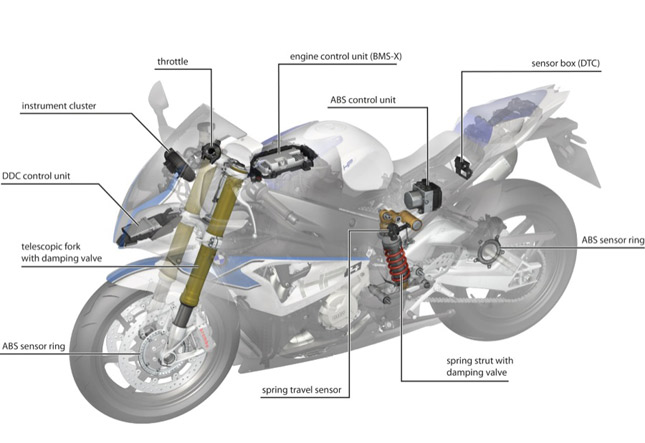 Electronic suspension systems:
Electronic suspension systems:
BMW Motorrad was one of the first manufacturers to introduce an Adaptive electronic suspension system. The rate of Travel as well as the stiffness of suspensions can be electronically controlled. Normally the compression and rebound nature of the springs are set manually using tools. But this electronic system results in the betterment of ride quality and handling as the settings are changed according to the condition of the roads traveled on. For example the same motorcycle has a soft suspension setting while on a broken road, whereas the travel is very short and stiff while cornering on a smooth tarmac. The electronic suspensions, now make their way to most of the production Superbikes after 2016.
By: Aravind Rb
What are Telescopic suspensions?
The telescopic suspensions can be easily explained as hydraulic shock absorbers with internal coil springs, that neutralises bumbs on the road before the rider feels it. Only the front wheel of the motorcycle reacts, in such a way that the rest of motorcycle remains juggle free. The tubes of the suspension is connected on to the frame (yoke), and the bottom body portion is coupled with the front wheel. This setup is seen on conventional telescopic suspensions.
 Upside Down (USD) Forks:
Upside Down (USD) Forks:A slightly revamped type of telescopic suspension is known as Upside down (USD) forks, where the body of the fork and fork tubes are interchanged. Here, the body of the fork is connected with the frame using a triple tree clamp and the tubes are connected below. The USD forks give an upper hand in terms of handling and also decreases the unsprung weight of the motorcycle. High end motorcycles make use of the USD forks as the precision and cost of manufacturing is a bit higher compared to the conventional ones. For instance, you could see these USD forks on the KTM siblings.
 Travel in Telescopic suspensions:
Travel in Telescopic suspensions:The core components of the suspension must work perfectly in order to get the necessary travel of the suspension. The spring along with the fork oil inside the tubes play a vital role in the travel of suspensions.
 The amount of travel depends on the purpose for which the motorcycle is made. Cruisers and commuters tend to have a long travel suspension for utmost comfort, whereas the sport bikes and racing machines tend to have very short travel for better corner entry feel and high-speed direction changes.
The amount of travel depends on the purpose for which the motorcycle is made. Cruisers and commuters tend to have a long travel suspension for utmost comfort, whereas the sport bikes and racing machines tend to have very short travel for better corner entry feel and high-speed direction changes.
 Electronic suspension systems:
Electronic suspension systems:BMW Motorrad was one of the first manufacturers to introduce an Adaptive electronic suspension system. The rate of Travel as well as the stiffness of suspensions can be electronically controlled. Normally the compression and rebound nature of the springs are set manually using tools. But this electronic system results in the betterment of ride quality and handling as the settings are changed according to the condition of the roads traveled on. For example the same motorcycle has a soft suspension setting while on a broken road, whereas the travel is very short and stiff while cornering on a smooth tarmac. The electronic suspensions, now make their way to most of the production Superbikes after 2016.
By: Aravind Rb





